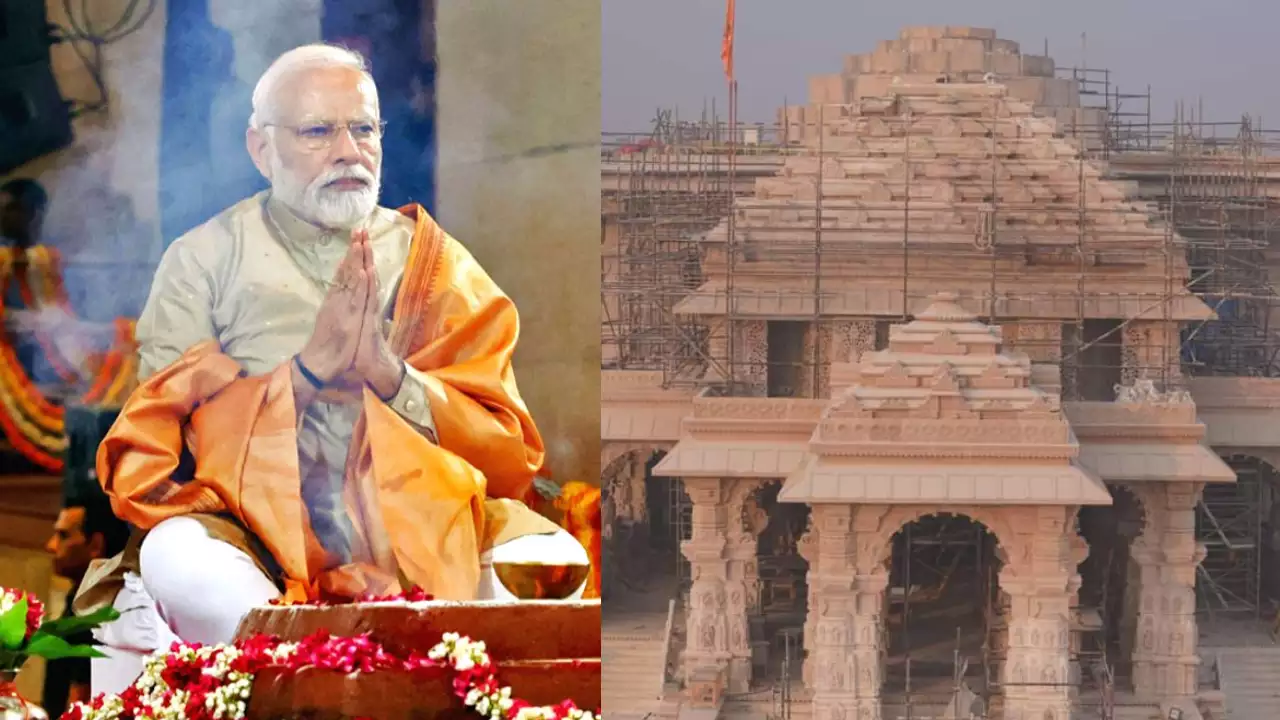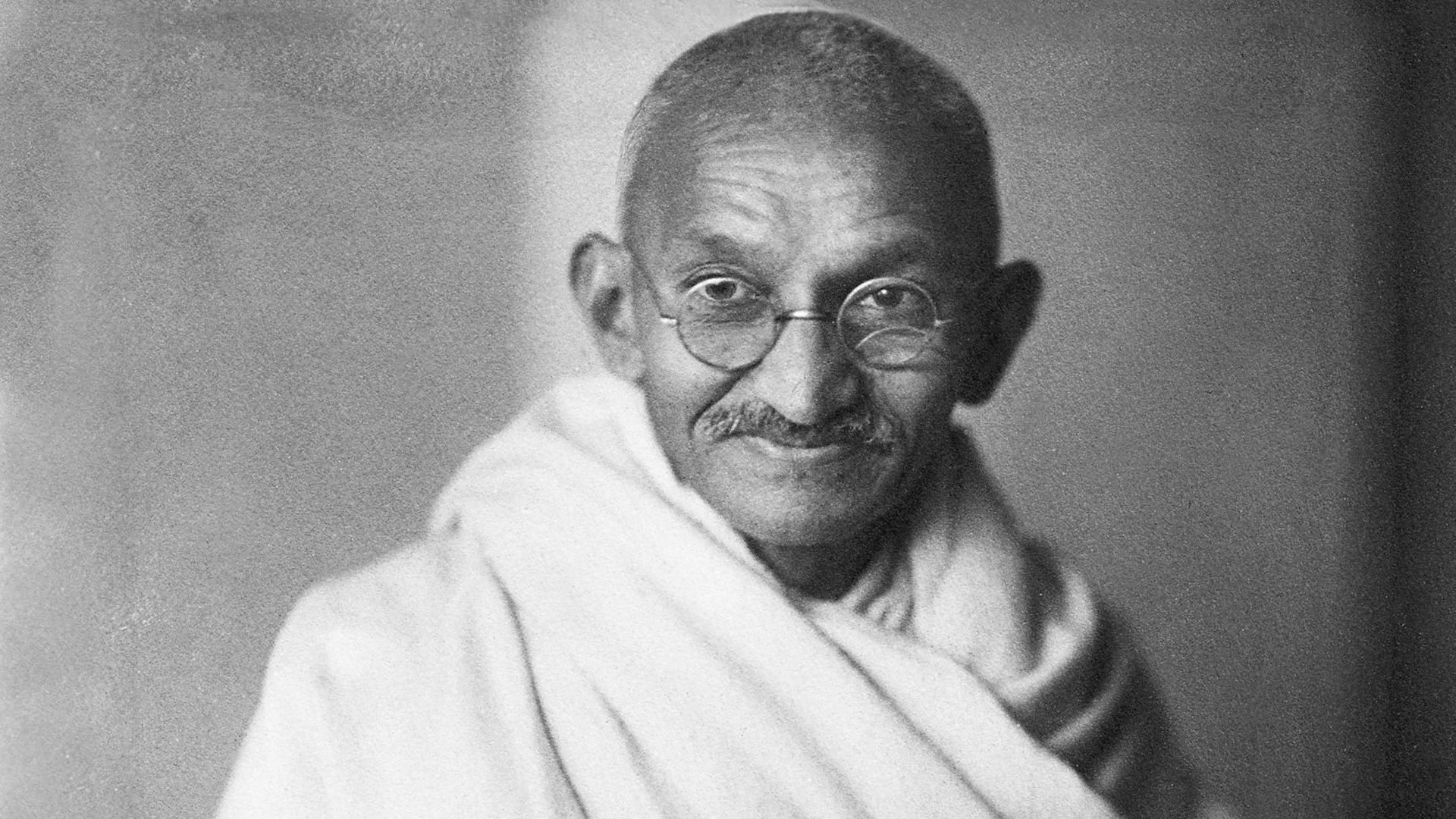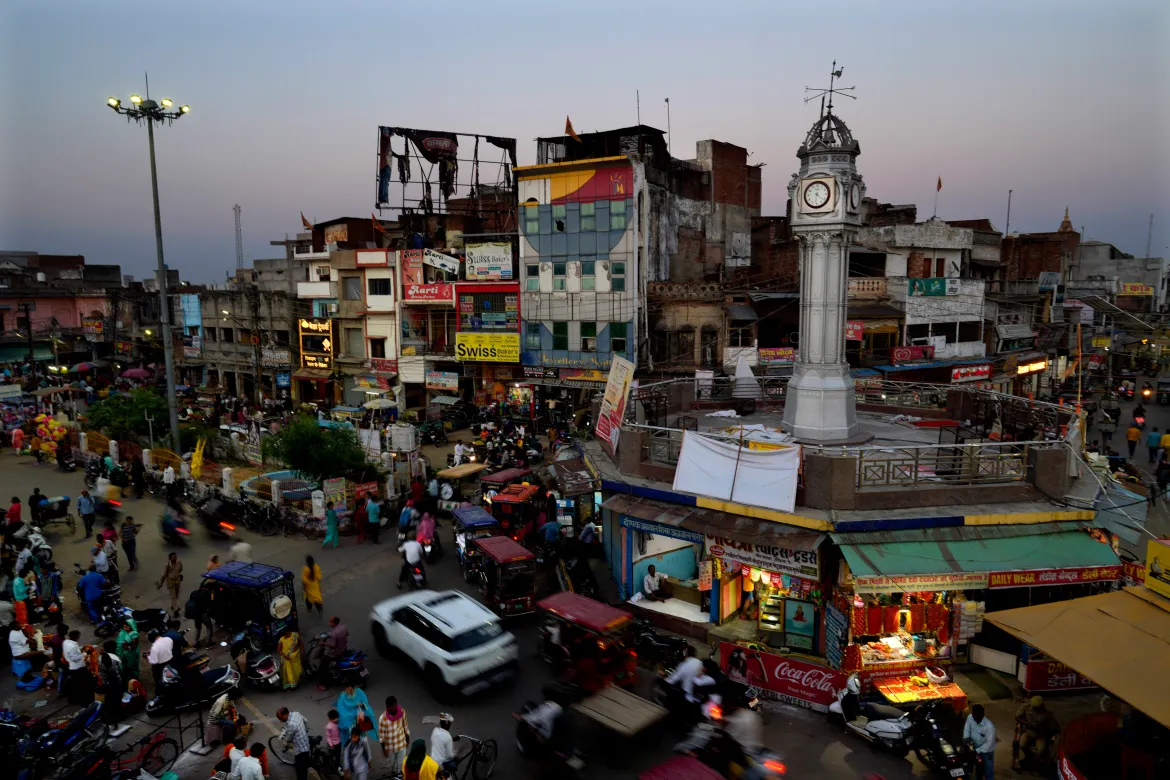India’s spiritual well-being is frequently considered in relation to its people’s rich tapestry of varied cultures and religions. The building of the Ram Mandir in Ayodhya has garnered attention recently, which has sparked debate on the supposed necessity of a spiritual awakening among the Hindu population of that nation. On closer inspection, though, it appears that the story of the “lost” Hindus and the call for a new rebirth may be more of a political fabrication than an accurate representation of the country’s spiritual pulse.
It seems implausible to claim that Hindus have deviated from their religious path in the broad field of Indian spirituality, where millions visit temples every day. Devotees travel throughout the nation to commune with their favourite deities, from the busy Balaji temple at Tirupati to the tranquil Vaishno Devi shrine near Jammu. Even the smallest stores have a section devoted to a favourite god, where the day’s activities begin with prayers and a soft bell chime. Every home, no matter how big or small, has a personal mandir where families regularly perform puja and aarti.
Millions of devout Hindus observe the rituals that are woven into significant life events, like marriage, birth, housewarming, and death, with great attention every day. These demonstrate the steadfast faith and closeness Hindus have to their religion, not the behaviour of a lost or spiritually estranged community.
The storyline around Ayodhya’s Ram Mandir appears to be a well-planned political ploy. The media hype, the excitement surrounding the temple inauguration, and the way political campaigns are being integrated with it all have elements of the large cultural or athletic events that typically accompany them. This begs the question: is the hoopla surrounding the Ram Mandir more about political posturing than a sincere appeal for spiritual renewal?
Certain political parties have been accused of “minority appeasement” in the past. The Ram Mandir has become a symbol of the BJP’s majority-appeasement’ approach, which has gained prominence today. With its opulence and pseudoreligious zeal, the temple inauguration may have been less of a sincere endeavour to fortify the nation’s spiritual foundation and more of a political show.
In contrast to the assertions that decolonization is necessary, Hindus in India have proven throughout history to be resilient in upholding their faith. Distinction from an alleged ‘Nehruvian’ past appears to be motivated more by politics than by a sincere concern for the spiritual well-being of the populace.
Certain political parties have been accused of “minority appeasement” in the past. The Ram Mandir has become a symbol of the BJP’s majority-appeasement’ approach, which has gained prominence today. With its opulence and pseudoreligious zeal, the temple inauguration may have been less of a sincere endeavour to fortify the nation’s spiritual foundation and more of a political show.
In contrast to the assertions that decolonization is necessary, Hindus in India have proven throughout history to be resilient in upholding their faith. Distinction from an alleged ‘Nehruvian’ past appears to be motivated more by politics than by a sincere concern for the spiritual well-being of the populace. Without the necessity for a large religious structure, India was able to overcome its colonial mentality thanks to Gandhi’s Satyagraha, which was essential in releasing the country from colonial domination.
In light of India’s accomplishments, the claim that the Ram Mandir will initiate the process of ‘decolonizing’ the Hindu psyche seems questionable. India is a powerhouse not just in terms of religion but also in terms of space exploration, having become the world’s fifth-largest economy and a nuclear power. The nation’s rise to prominence as a “superpower” was fueled by invention, research, and economic expansion rather than the building of a temple. The Ram Mandir and occasions such as the Kumbh Mela are contrasted to emphasise sincere spiritual deeds that have persisted through the years. With its large crowds and age-old customs, the Kumbh Mela is a symbol of the perseverance of millions of people’s faith. Events such as the Kumbh Mela highlight the inherent spirituality that has been a fundamental part of Indian culture for thousands of years, in contrast to the staged frenzy surrounding the Ram Mandir.
India’s religious temples have a complicated past, with centuries of caste persecution and segregation preceding a more inclusive post-independence approach. In the political sphere, the emphasis on mosques and temples frequently hides the bigger story of the composite culture that developed during the Middle Ages through groups like Sufi and Bhakti. These movements promoted a synthesis of Islam, Hinduism, and other religions while opposing segregation and bringing religion to the masses.
Even while the inauguration of the Ram Mandir makes headlines, it’s important to recognise the deeper currents in India’s socioreligious milieu. Rather than being an actual attempt to foster religious harmony, the current mobilisation surrounding the temple inauguration is a political instrument used to crush opposition and consolidate authority. The people who uphold truth and nonviolence, who are the real religious messengers, must rebel against the appropriation of spirituality by the ruling class.
In conclusion, the story of the “lost” Hindus and the supposed necessity of a religious rebirth could be a skewed prism used to further political objectives. India’s spiritual fabric, woven throughout the lives of millions of people who follow their faith with unflinching dedication, is still intact. Even though the Ram Mandir was a momentous political development, India’s deeper, more enduring spirituality should remain paramount.








